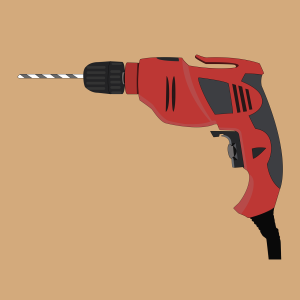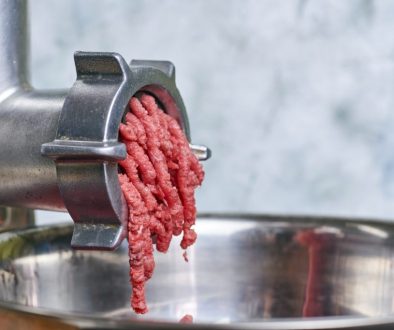Fabrication and Manufacturing – what’s the difference?
In the industrial sector, the phrases “manufacturing” and “fabrication” are sometimes used interchangeably to refer to a variety of methods for constructing a final product. However, manufacturing and fabrication are not same. From a layman’s perspective, “manufacturing” associates itself with a factory or a manufacturing line while “fabrication” is more associated with a workshop or workbench. The differences, though, go deeper than this and, despite the fact that both are associated with creating an end product, the two processes are often mistaken for one another. So, what exactly is the difference between fabrication and manufacturing, and how does each process influence our lives? This blog will look to answer some of these questions.
What do we understand by Manufacturing?

Manufacturing is the process of making a thing from scratch using large-scale industrial processes. It entails the use of machinery, equipment, and/or chemicals to create finished products on a large scale. These finished products may be used in the assembly of more sophisticated items like cars, storage water tanks, ships, and airplanes. Production, or manufacturing, is the transformation of raw materials into a manufactured product. The manufacturing sector utilizes mechanized and manual methods of production, as well as chemical and biological processes, on a massive scale. It’s the process that raw materials have to go through before they can be sold to consumers. Manufacturers often have a lower mix and greater volume product composition, and the process may be extremely repeatable.
What is Metal Fabrication?

Metal Fabrication is any industrial process that involves the shaping of metal into components or finished goods. It has applications in many industries such as oil and gas, construction, mining etc. Sheet metal, which may be up to 0.25 inches thick, is often used by metal fabricators. Fabricators take the sheet metal and turn it into the final product by cutting, folding or shaping operations. Fabrication often involves lesser volumes or one-off projects. Metal fabrication and structural steel fabrication may be utilized for both mass production and the production of vast quantities of individually crafted metal and steel goods.
We can look at an example of fabrication and manufacturing in order to clarify the difference between fabrication and manufacturing. Imagine that a certain company is importing automobile parts for Volkswagen cars and assemble them, creating finished Volkswagen cars. However, the process carried out by this factory is a fabrication since they don’t actually manufacture the cars from the bottom-up. In contrast, the factories that construct the automobile parts from raw materials are engaged in a manufacturing process.
Where does Welding fall?

Welding often blurs the lines between production and fabrication. Welding in manufacturing is often done according to a standard print, and each item is made separately. Weld cells receive parts that are already cleaned and inspected, and they join together components from separate assembly lines to create a final product. In various areas of fabrication, welders must be able to handle a wide range of tasks, from setting up and bending metal to welding and grinding. This is because components may arrive in the fab shop’s weld cell in an unfinished state. The welding fixture is a vital component that separates fabrication from production. Most welds in manufacturing are performed using reusable fixturing. Fixturing, on the other hand, is not often used in the vast majority of fabrication applications.
Concluding Statement

Finally, from the above, we can understand that the degree to which work requires procedure distinguishes manufacturing from fabrication. Fabrication is the process of creating components for a product by assembling either generic or customized pieces e.g., pipe spool fabrication being leveraged to develop pipe spools. However, manufacturing is an end-to-end process, beginning with the design and development of individual components and ending with their assembly into a completed good, with fabrication playing a key role along the way. If we were to add a math angle to this, we can say that fabrication is the subset with manufacturing being the superset in this regard!




